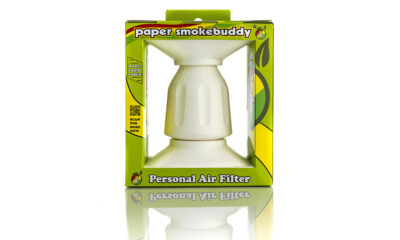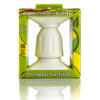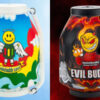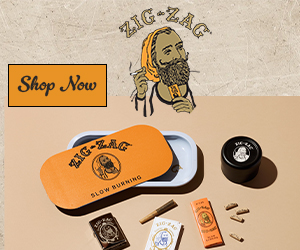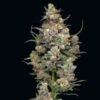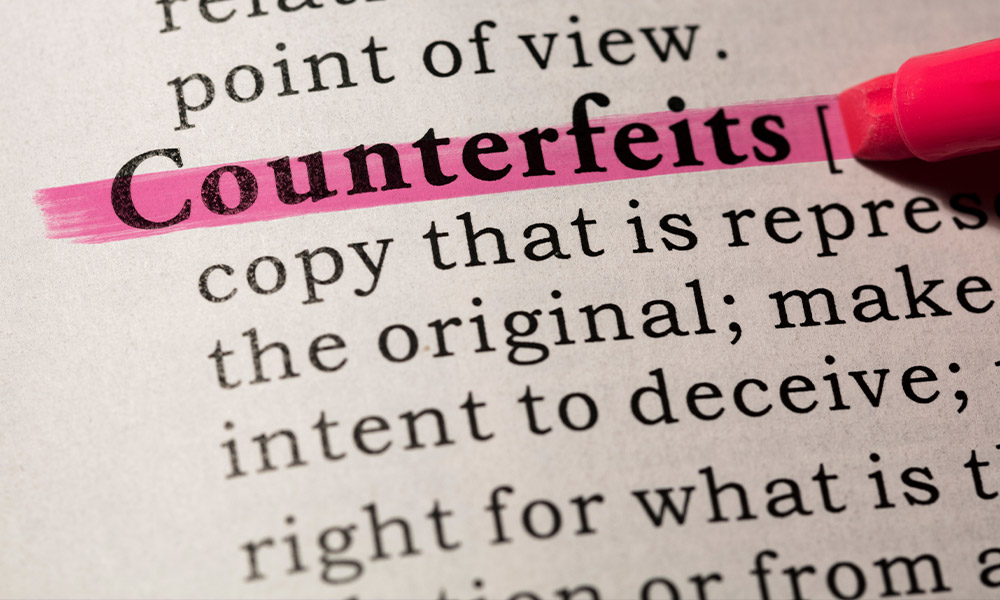
Sponsored
How to Recognize Counterfeit Smoking Products
Knockoffs are becoming way too prevalent as the number of brands and smoking accessories grows in the expanding cannabis industry. Here are some tips on how to identify counterfeits and make sure you’re buying the real thing.
With the cannabis industry continuously expanding, the demand for smoking accessories comes with it. If you can think of any kind of handy smoking device, chances are someone else already has. There are elaborately creative smoking pieces that are considered legitimate pieces of art. Of course, there are lighters, rolling papers and kits designed to help you have the most enjoyable smoke session possible. There are even devices designed to eliminate the smell and lingering odors of cannabis smoking. One of the best on the market is the SmokeBuddy. This personal air filter has become a valuable addition to any cannabis consumer wanting to be more discreet about the matter.
Available in a variety of colors and designs, the SmokeBuddy is an incredibly unique and eco-friendly cannabis smoking accessory. Coming in the Original, Junior and Mega sizes, each version has a different lifespan: 150 exhales for the Junior, over 300 exhales for the Original, and over 450 for the Mega.
“SmokeBuddy is our answer to being 100% sustainable for a product in a time where smoke shops are selling disposable items made of plastic lithium and other heavy metals that are just nothing but bad for the environment,” says SmokeBuddy Founder and Worldwide Sales Manager Gregg Gorski.
However, with so many products easily available for today’s cannabis consumer, it’s more important than ever to make sure you know exactly what you’re buying, and that you know who you’re buying it from.
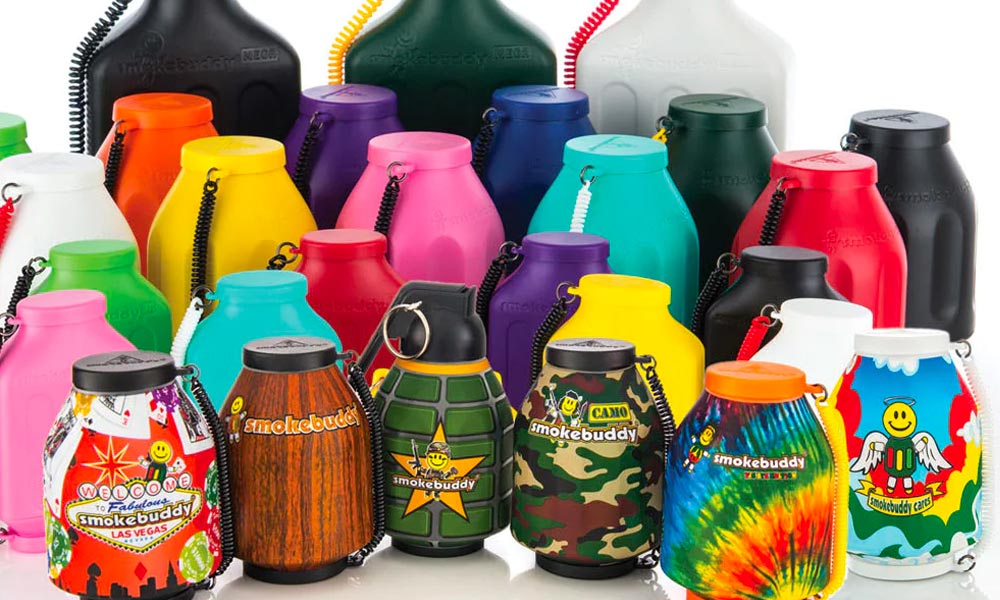
Watch Out for Counterfeit Smoking Products
With the many accolades and attention that SmokeBuddy and other popular smoking accessory brands have received, these established brands now find themselves fighting against cheap and unlicensed imitators that certainly aren’t creating their products with the same level of expertise as the actual brands. On overseas knockoff product sites such as Temu.com and Wish.com, popular smoking accessories are being mimicked in droves.
“They’ve basically copied our product, packaging and everything. It’s hard to tell the difference to someone who’s never seen an original SmokeBuddy,” Gorski explains. “Obviously, the quality is way less and people will call us because they’re unsatisfied and we have to tell them that they purchased a fake product.”
To root out the widespread problem of their own products being mass-produced and sold on the knockoff market, SmokeBuddy took a multi-faceted approach. First, Gorski placed an advertisement in multiple cannabis-related publications and announced a $1000 reward for anyone who could provide information leading to the distribution of counterfeit SmokeBuddy products.
“Most of our reports came from that advertisement and from smoke shops. They’ll give us a call and make a report,” Gorski says. “We give them the reward, and we decide if we’re going to pursue that particular seller.”
From this strategy, there were reports that totaled about 30 different stores and distributors with counterfeit SmokeBuddy products. But that figure only accounts for brick-and-mortar stores located in the US. Online sales are a whole other beast.
“As far as counterfeits online, there’s hundreds. And we have a software we use, where we upload all of our intellectual property there. Then, the program scans the world’s online marketplaces and I get reports back on a daily basis. I can see all the listings selling SmokeBuddy, and part of the problem is that these vendors are using our picture, so I don’t know if it’s real or not.”
Red Flags for Spotting Counterfeit Smoking Products
One of the most glaring red flags that a product is counterfeit is if there are licensed characters or other popular intellectual property used anywhere on the product or packaging. A popular example that Gorski gave is the almost endless usage of the Cartoon Network duo Rick and Morty on all types of unlicensed smoking products. Because those characters are copyrighted intellectual property of Cartoon Network, just about every smoking product featuring them would be considered counterfeit. If a copyrighted brand or character appear on the packaging or product, it’s usually a tell-tale sign that the product is counterfeit and unlicensed.
Another indicator of counterfeit status is a significantly lower price tag than the original product goes for. Whereas SmokeBuddy products range from approximately $20-$45 before tax and shipping, a knockoff SmokeBuddy could be found on Temu for as little as six dollars.
On accessories like the SmokeBuddy personal air filter and even on the packaging of many frequently purchased cannabis brands such as Cookies, there are holographic stickers of authenticity that are very present. Always looking for the presence of that sticker is another great way to ensure the products are guaranteed authentic. Some brands go even further and implement a special QR code on their products, which in SmokeBuddy’s case leads to their website. It’s a security measure and a marketing strategy all in one.
Another crucial way of determining authenticity is the keychain that comes attached to both SmokeBuddy and some counterfeit products. While the counterfeit keychain likely won’t be produced by any material other than rubber, the authentic SmokeBuddy keychain is made from a far more appealing LED plastic.
“Having the campaign that had the reward plus using the power of social media and print advertising has opened the eyes of the public to know that the counterfeits are out there,” Gorski says. It all starts with awareness.



